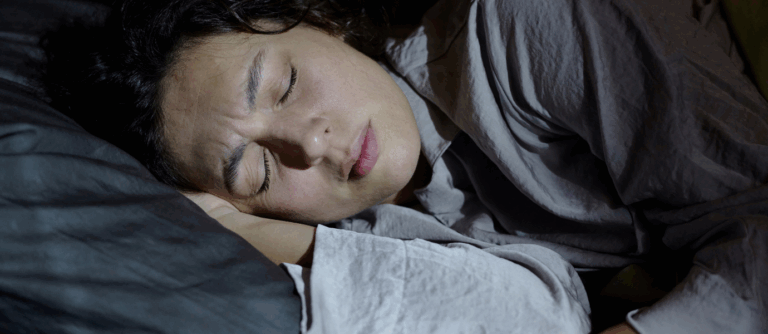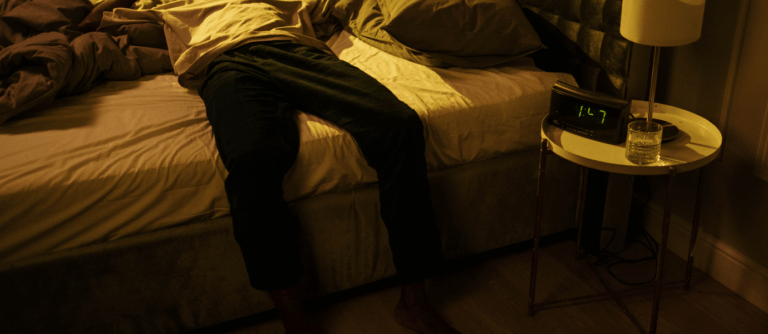Mind Racing at Midnight: The Link Between Anxiety and Insomnia

Jasmine Zaman
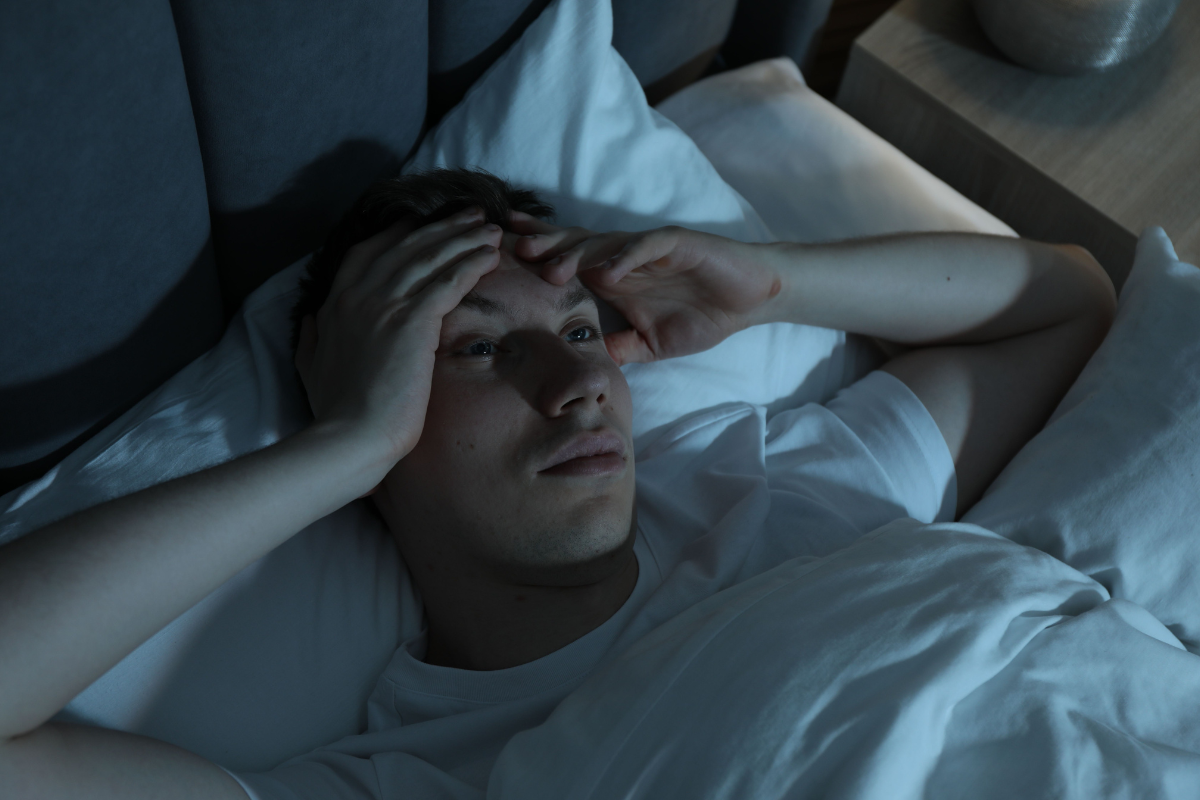
There’s a particular kind of quiet that makes the mind louder—the hour when the house is still and your thoughts start to sprint. For many people that sprint looks like worry, what-if loops, a replay of the day, or sudden flashes of problem-solving. Those “racing thoughts” aren’t just annoying; they’re one of the main ways anxiety and insomnia feed each other.
What’s Actually Happening When Your Mind Races At Midnight?
When anxiety shows up at night it’s often because the normal daytime distractions are gone. The brain shifts from outward attention to inward processing; physiological arousal (fast heart rate, muscle tension, shallow breathing) doesn’t always switch off with the lights. The combination of heightened arousal plus an active, repetitive thought pattern makes falling asleep harder and fragments sleep when it does arrive.
Biologically, anxiety and insomnia share pathways: hyperarousal, stress hormones, and changes in sleep-regulating brain networks. Behaviorally, worry encourages habits that reduce sleep opportunity (late caffeine, doom-scrolling, irregular bedtimes), which then worsens daytime mood and anxiety creating a vicious loop.
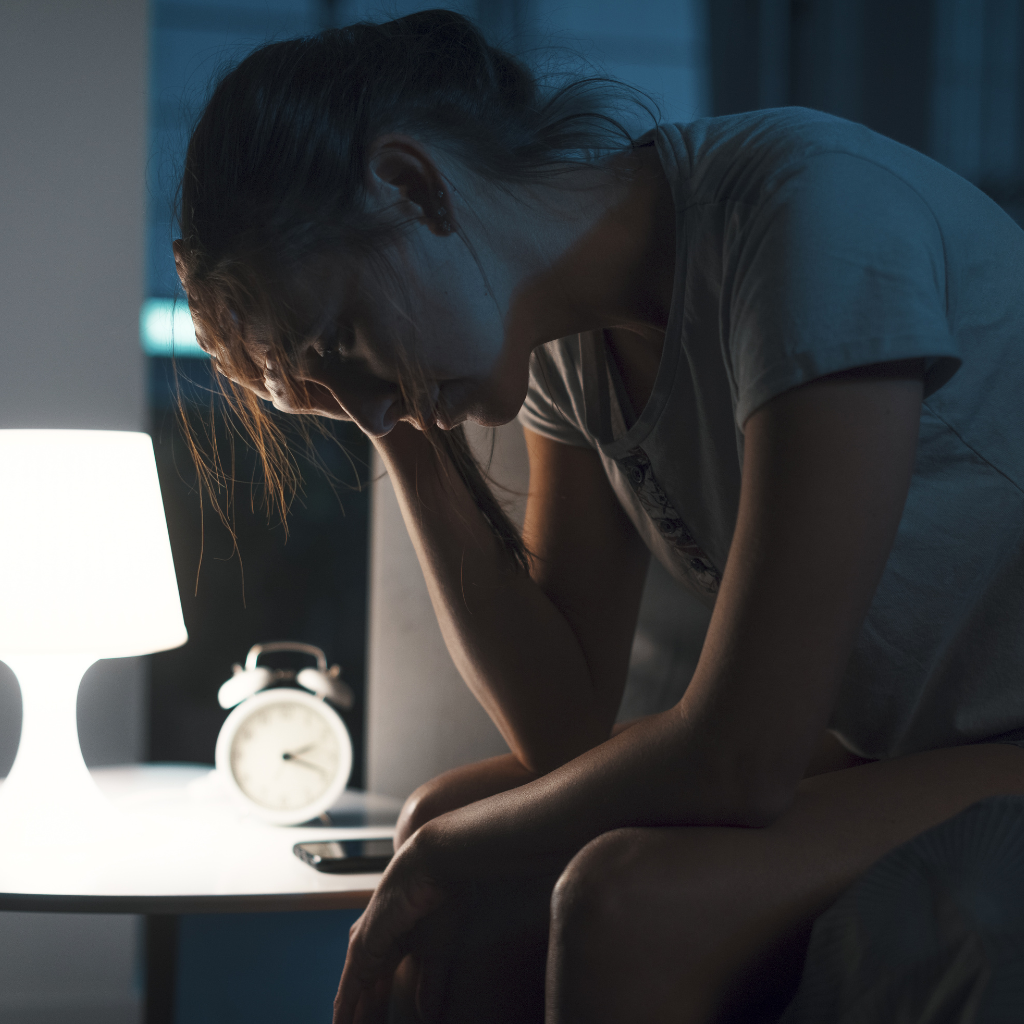
How Common Is This?
Anxiety disorders are common in the U.S.; an estimated 19.1% of adults had any anxiety disorder in the past year.
Sleep complaints are also widespread. In 2020, about 14.5% of U.S. adults reported trouble falling asleep most days or every day in the prior month. More specifically, a recent survey found about 12% of Americans report a diagnosis of chronic insomnia, a condition that persists and causes daytime impairment.
Crucially, the overlap is large: systematic reviews and recent analyses show that insomnia symptoms appear in roughly 70–80% of people with anxiety, and comorbid anxiety and mood disorders frequently include insomnia complaints as a central feature.
Put simply: insomnia and anxiety commonly travel together rather than one being a rare side effect of the other. That makes addressing both essential for recovery.
Racing Thoughts Vs. Rumination: Understanding The Difference
Not all worry is identical. Clinically distinguish as:
- Racing thoughts: rapid, often disorganized streams of thinking — images, plans, multiple topics at once. Racing thoughts are especially linked to trouble falling asleep.
- Rumination: repetitive, narrowed thinking about a specific problem (e.g., “I messed up that meeting”). Rumination can also keep you awake but often looks different in content and function.
Understanding which pattern you experience matters because the strategies differ. Racing thoughts can respond well to grounding and attention-shifting techniques; rumination often responds to structured problem-solving (outside of bedtime) and cognitive reframing.
Practical, Evidence-Based Strategies To Cope
In-The-Moment Tools For Racing Thoughts
- Worry / “brain dump” before bed. Schedule 15–20 minutes earlier in the evening to write down the thoughts, action items, or fears. That can reduce the brain’s “note to self” drive at bedtime.
- Boxed breathing or diaphragmatic breathing. Slow, regulated breathing calms the nervous system and makes physiological arousal easier to downshift.
- Grounding: 5-4-3-2-1 sensory check. Name things you see, feel, hear, smell — it shifts attention away from internal loops.
- Limit stimulating screens 60 minutes before bed. The content and light both keep systems alert.
Behavioral Fixes That Change The Sleep System
- Consistent sleep schedule. Going to bed and waking up within a similar window daily supports circadian stability.
- Stimulus control. Use the bed only for sleep and sex; if you can’t sleep within ~20 minutes, get up and do a quiet, low-arousal activity until you feel sleepy again.
- Sleep restriction (used carefully). This evidence-based technique reduces time in bed to increase sleep efficiency; it’s usually guided by a clinician because it can be tiring at first.
Therapy That Changes The Long-Term Pattern
Cognitive Behavioral Therapy for Insomnia (CBT-I) is the first-line, evidence-based treatment for chronic insomnia and targets the behaviors and thoughts that maintain poor sleep. CBT-I includes stimulus control, sleep restriction, cognitive strategies, relaxation, and sleep hygiene and is effective across ages and conditions.
What You Can Try Tonight for a Quieter Mind
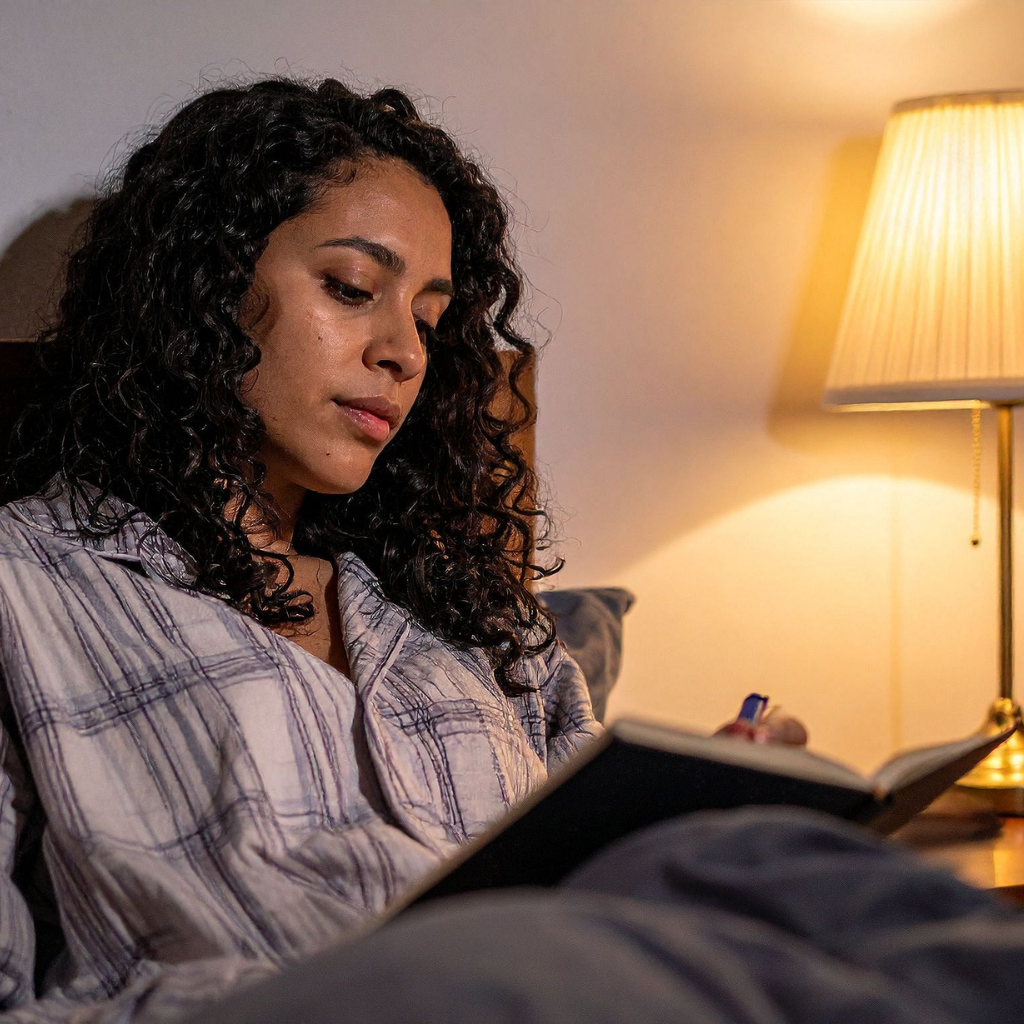
- At 8:30 p.m.: 15-minute “brain dump” — write tasks and worries with clear next steps.
- 9:30 p.m.: Power down screens, dim lights, do light reading or a short relaxation exercise (10 minutes).
- Bedtime: if thoughts race, use 5-minute breathing (4-4-6 pattern) or get up and do a quiet activity until sleepy.
- Wake time: get up at the same time regardless of how you slept.
Small, consistent changes compound. The first week often feels worse with techniques like sleep restriction, but with guidance those short-term discomforts lead to reliable sleep gains.
Final Thoughts
If your thoughts race at night, it doesn’t mean something is “wrong” with you—it means your mind is trying to stay alert and protect you, even when you don’t need protection. The same brain that helps you plan, care, and solve problems during the day can sometimes overwork itself when things go quiet.
Healing starts with compassion—not control. When you approach your sleepless nights with curiosity instead of frustration, it becomes easier to notice patterns, make gentle changes, and rebuild trust in your body’s natural rhythm. Through personalized care and evidence-based telepsychiatry, finding help has become a lot easier.
Responsibly edited by AI
Other Blog Posts in
Animo Sano Psychiatry is open for patients in North Carolina, Georgia and Tennessee. If you’d like to schedule an appointment, please contact us.
Get Access to Behavioral Health Care
Let’s take your first step towards. Press the button to get started. We’ll be back to you as soon as possible.ecovery, together.

